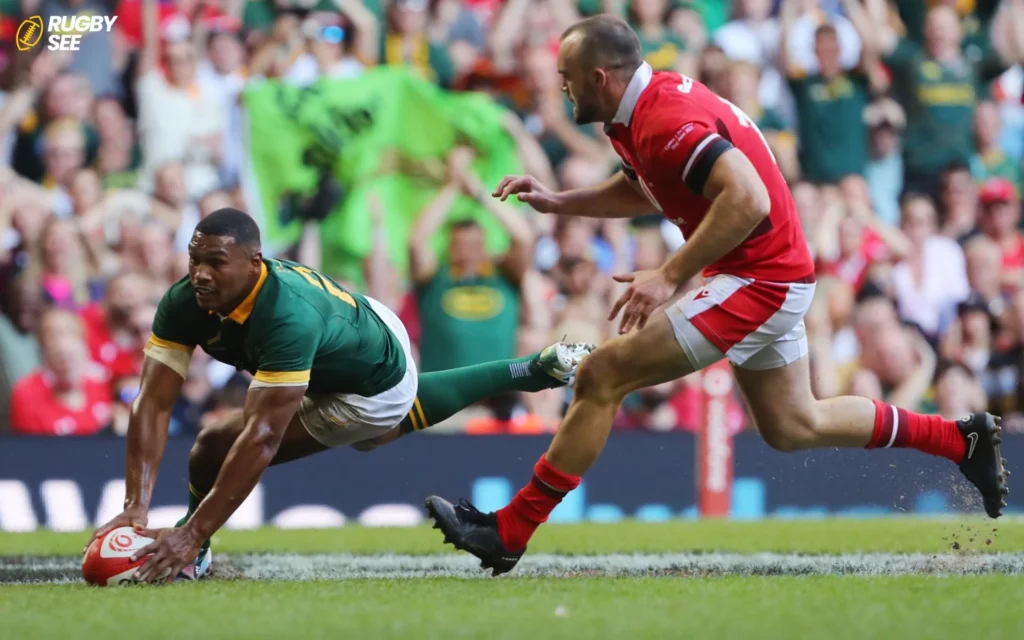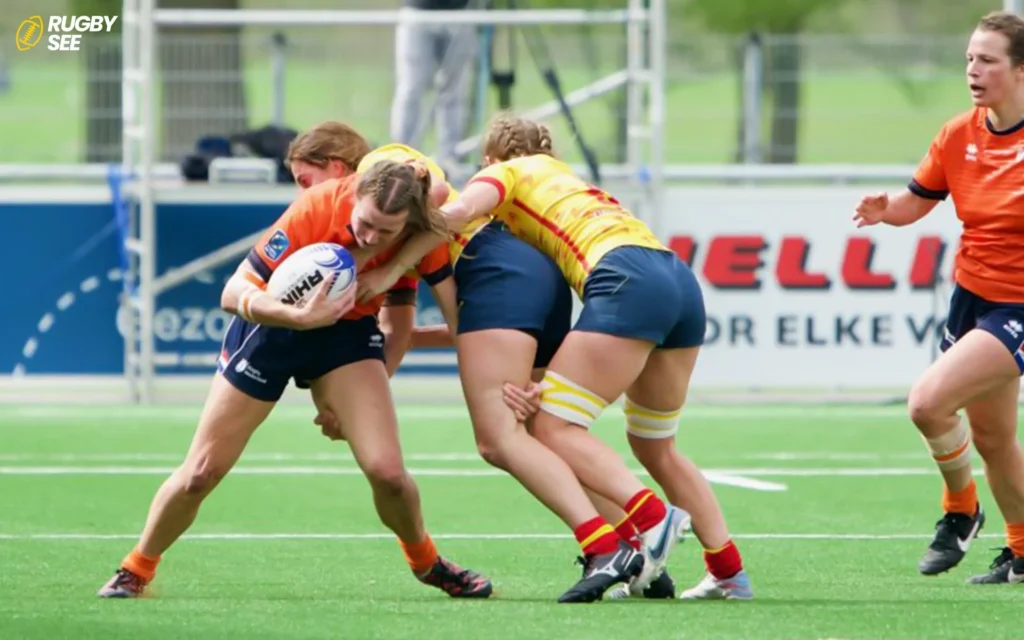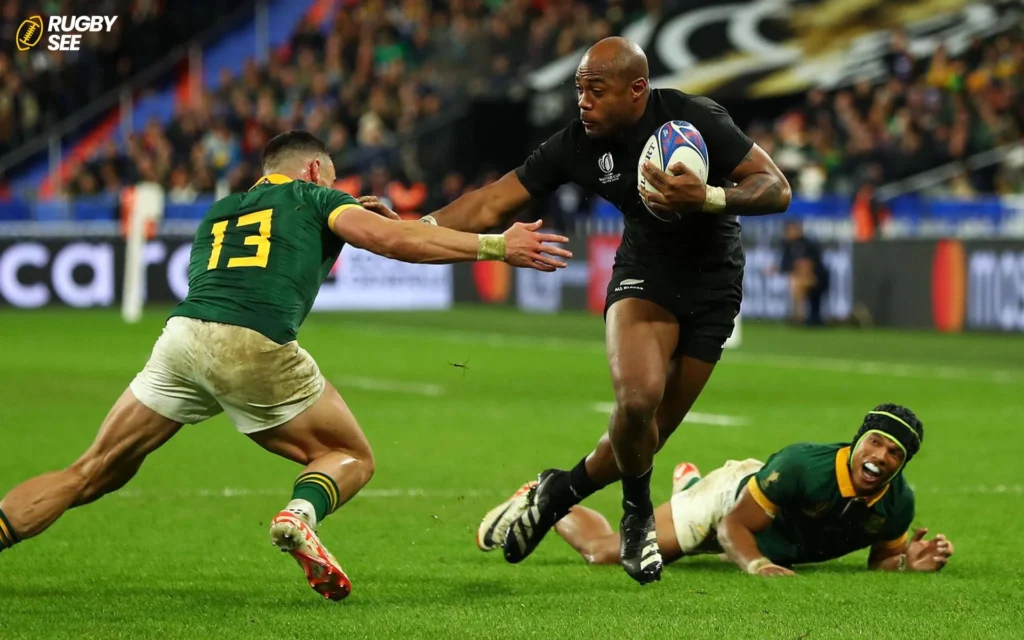In the dynamic world of rugby union, scoring tries is the primary method through which teams accumulate points. Each position on the field has a unique role and potential impact on the game, but when it comes to crossing the try line, some positions are more likely than others to score. This article delves into the rugby positions to uncover which ones are most likely to score tries, exploring how different roles contribute to a team’s offensive prowess.
Understanding Rugby Positions
Before we identify which position scores the most tries, it’s essential to understand the roles of various positions on a rugby team. Rugby teams are divided into two main groups: forwards and backs. The forwards, consisting of positions like the hooker, props, locks, flankers, and number eight, are primarily responsible for winning possession and maintaining the ball. The backs, including the scrum-half, fly-half, centers, wings, and fullback, are generally responsible for creating and finishing scoring opportunities.
The Wings: Rugby’s Prime Try Scorers
Historically and statistically, the wing positions (both left and right wings) are the most frequent try scorers in rugby. Positioned on the outermost parts of the backline, wings are often the fastest players on the team, equipped with the agility to evade tackles and the speed to capitalize on breaks. Their primary role is to finish off moves and turn opportunities into points, making them pivotal in transforming team efforts into scores on the board.
The Role of the Fullback
The fullback is another key scoring position in rugby. This player acts as the last line of defense but also a critical attacking support player. Fullbacks often join the offensive line at strategic moments, using their speed and tactical awareness to exploit gaps in the opposing defense. Their ability to appear unexpectedly in the line can make them deadly try-scorers, especially against disorganized defenses.
The Breakthrough Creators
While not as frequently the top try scorers as the wings or fullback, centers have a significant role in setting up tries. They are often involved in breaking the defensive line and creating scoring opportunities for their teammates, particularly the wings. Their ability to draw in multiple defenders and offload the ball in tackle situations makes them instrumental in the try-scoring process.

Scrum-Half and Fly-Half
The scrum-half and fly-half are crucial in distributing the ball and making tactical decisions that set up tries. While they may not score as often as the wings or fullback, their role in initiating plays that lead to tries cannot be underestimated. A well-timed pass or a strategic kick from a fly-half can be the key to unlocking defenses and setting up a wing or fullback for a try and if you want to know about wearing Trackers in Rugby read Do rugby players wear trackers.
Forwards and Try Scoring
Although forwards are less likely to score tries than backs, they play a crucial role in securing the ball and setting the stage for scoring opportunities. In particular, the number eight and the flankers can be potent try scorers, especially from short distances near the try line. Their physicality and power make them ideal for breaking through tight defenses in close-range situations.
Statistical Insights and Player Analysis
Data from rugby leagues and tournaments often show a higher number of tries scored by wings, with fullbacks and centers following. Analyzing player statistics from major tournaments like the Rugby World Cup or the Six Nations can provide a clear picture of scoring patterns and highlight which positions are most effective in try-scoring roles.
Tactical Evolution and Scoring Trends
Rugby tactics evolve, and so do the roles of each position in scoring tries. Innovations in gameplay and changes in rules can shift how teams use their players, potentially altering which positions score the most tries. Coaches and players continually adapt their strategies to exploit the strengths of their team members, often leading to shifts in try-scoring dynamics.

Importance of Team Dynamics and Player Versatility
While individual positions have their typical roles in scoring, the overall team dynamics play a significant role in how tries are executed. A team that can fluidly adapt and switch roles during the game increases its chances of scoring from multiple positions. Versatility among players, especially those who can switch between forward and back roles or cover multiple back positions, enhances a team’s unpredictability and scoring opportunities.
Training and Player Development
Focusing on training and development specific to each position can also influence try-scoring capabilities. Coaches aim to enhance the natural strengths of their wings, fullbacks, and centers in speed and agility, while also improving the ball-handling and tactical decision-making skills of their scrum-halves and fly-halves. For forwards, the emphasis might be on strength, endurance, and scrummaging skills, which are crucial for maintaining possession and gaining territorial advantage that eventually leads to scoring tries.
Technological Advances in Analyzing Try Scoring
The use of technology in sports analysis has provided teams with more detailed insights into scoring patterns and player effectiveness. Video analysis tools and player tracking technologies allow coaches to dissect each try scored and understand the mechanics behind them. This data is invaluable in refining tactics, training regimes, and player positioning to optimize scoring chances.
Impact of Rule Changes on Scoring
Over the years, various rule changes in rugby have affected how tries are scored and which positions are most likely to score. For example, changes in the breakdown laws or the introduction of bonus points for scoring a certain number of tries can influence how teams approach the game. Understanding these rules is crucial for players and coaches alike, as they adapt their strategies to take advantage of the regulations to maximize scoring.

Fan and Media Focus
Fans and media often celebrate high-scoring players, particularly wings and fullbacks, who dazzle with their breathtaking runs and dramatic tries. This focus not only highlights the players’ skills but also enhances the sport’s appeal and entertainment value. The profiles of high try scorers frequently become a focal point for young fans who aspire to emulate their rugby heroes, further influencing grassroots participation and interest in specific playing positions and if you want to know about Scrums in rugby read What Is the Point of a Scrum in Rugby.
In conclusion, while wings are traditionally the highest try scorers in rugby, the contributions of other positions, especially the fullback and centers, are indispensable in the try-scoring process. Rugby is a team sport where every position has a role in either directly scoring or facilitating the scoring of tries. The beauty of the game lies in its complexity and the diverse skills brought by each player, contributing uniquely to the overarching goal of winning through scoring tries.










